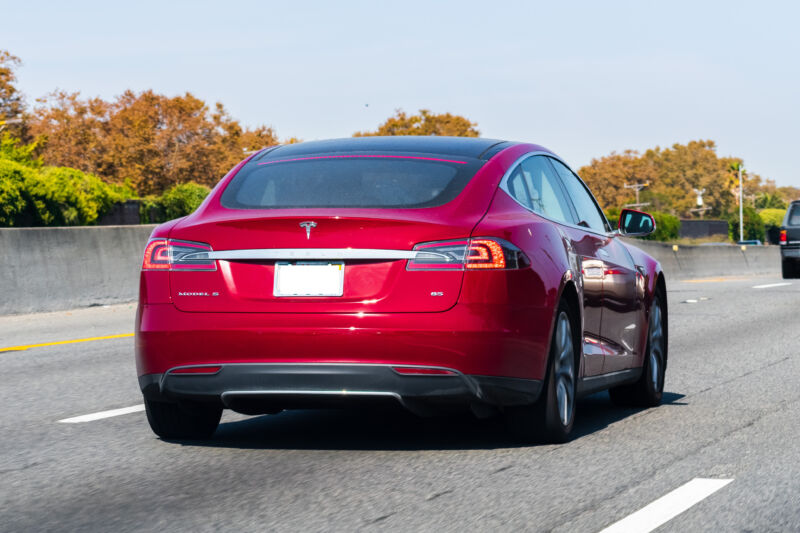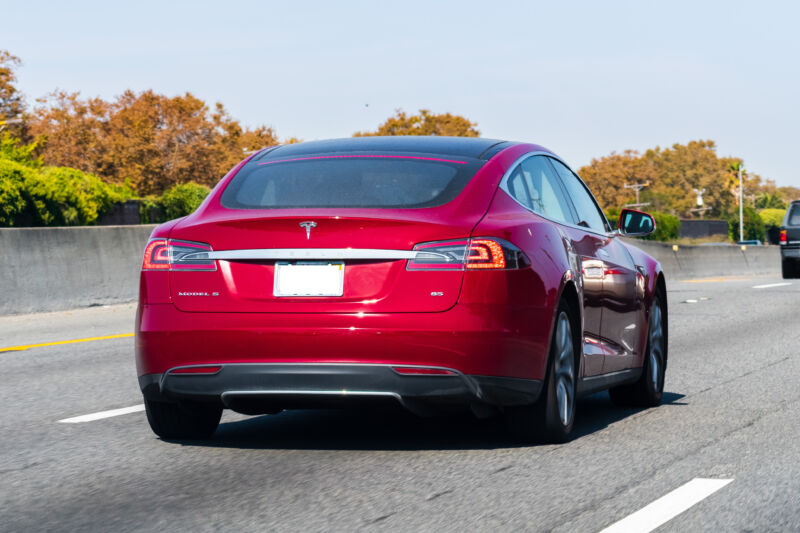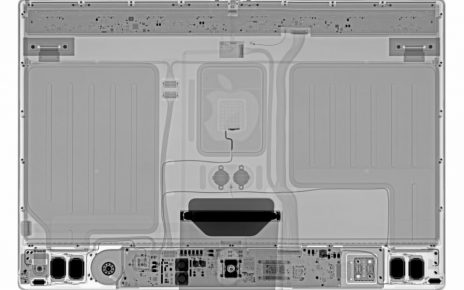
Enlarge (credit: Andrei Stanescu / Getty Images)
On Monday afternoon, the National Transportation Safety Board released a preliminary report for its investigation into a crash of a Tesla Model S that killed the driver and passenger in Texas earlier in April. The crash made headlines because no one was found in the driver’s seat, raising suspicions that Tesla’s Autopilot driver-assistance system was involved in the deaths. This now seems unlikely—the NTSB says that video footage shows the occupants getting into the front seats of the car shortly before the crash. Additionally, the NTSB was unable to engage a component of Autopilot on the stretch of road where the crash happened.
The crash occurred on April 17 in Spring, located in Harris County, Texas. According to the NTSB report, footage from the owner’s home security system shows that the driver and a passenger entered the car at the owner’s house. They then traveled approximately 550 feet (167 m) “before departing the road on a curve, driving over the curb, and hitting a drainage culvert, a raised manhole, and a tree.” At this point, the Tesla’s lithium-ion traction battery was damaged and caught fire.
The fire also destroyed the on-board storage of the Tesla’s infotainment system, but the NTSB says it recovered a fire-damaged restraint control module that can “record data associated with vehicle speed, belt status, acceleration, and airbag deployment.” This module has been taken to the NTSB’s recorder laboratory for further testing.





